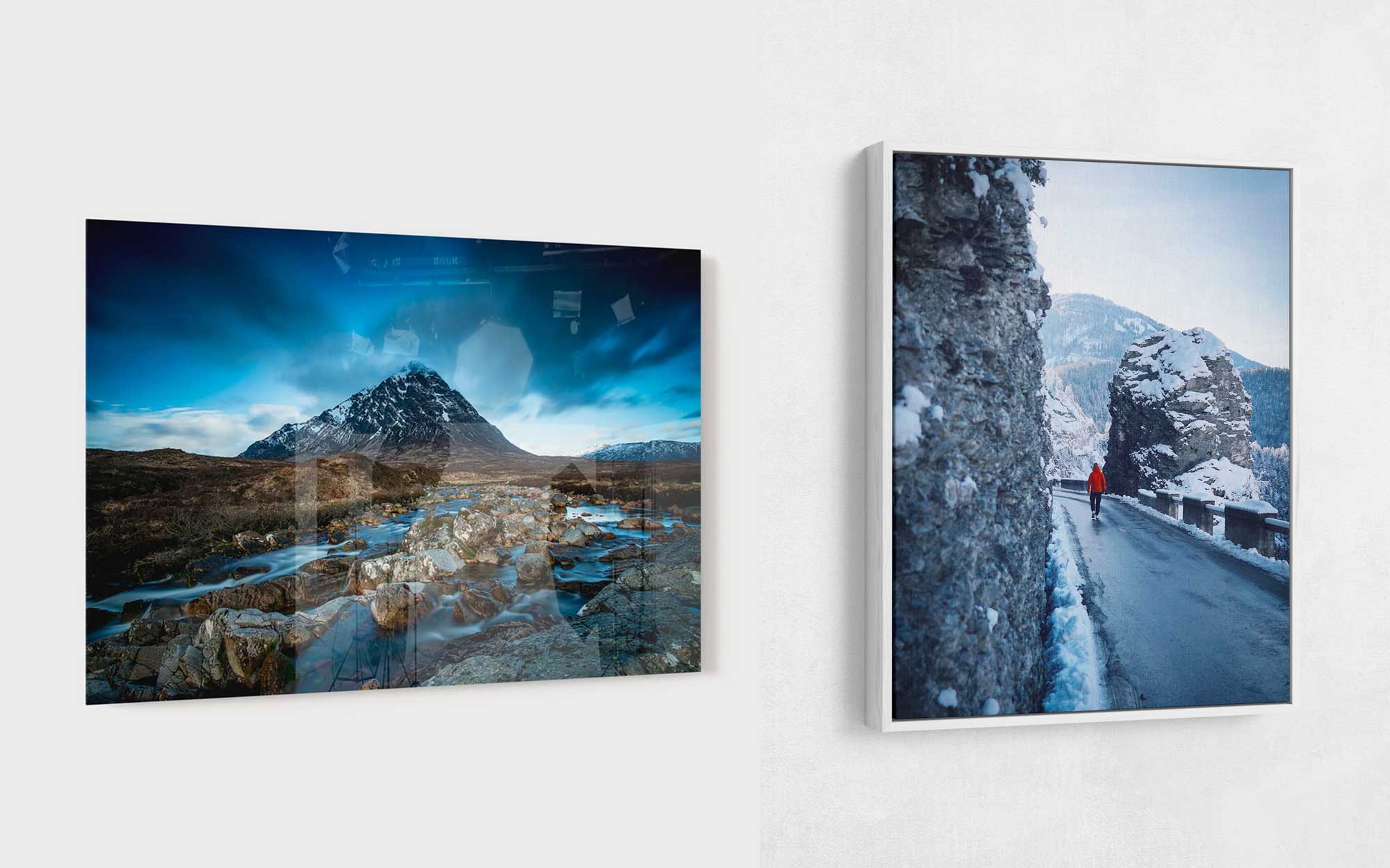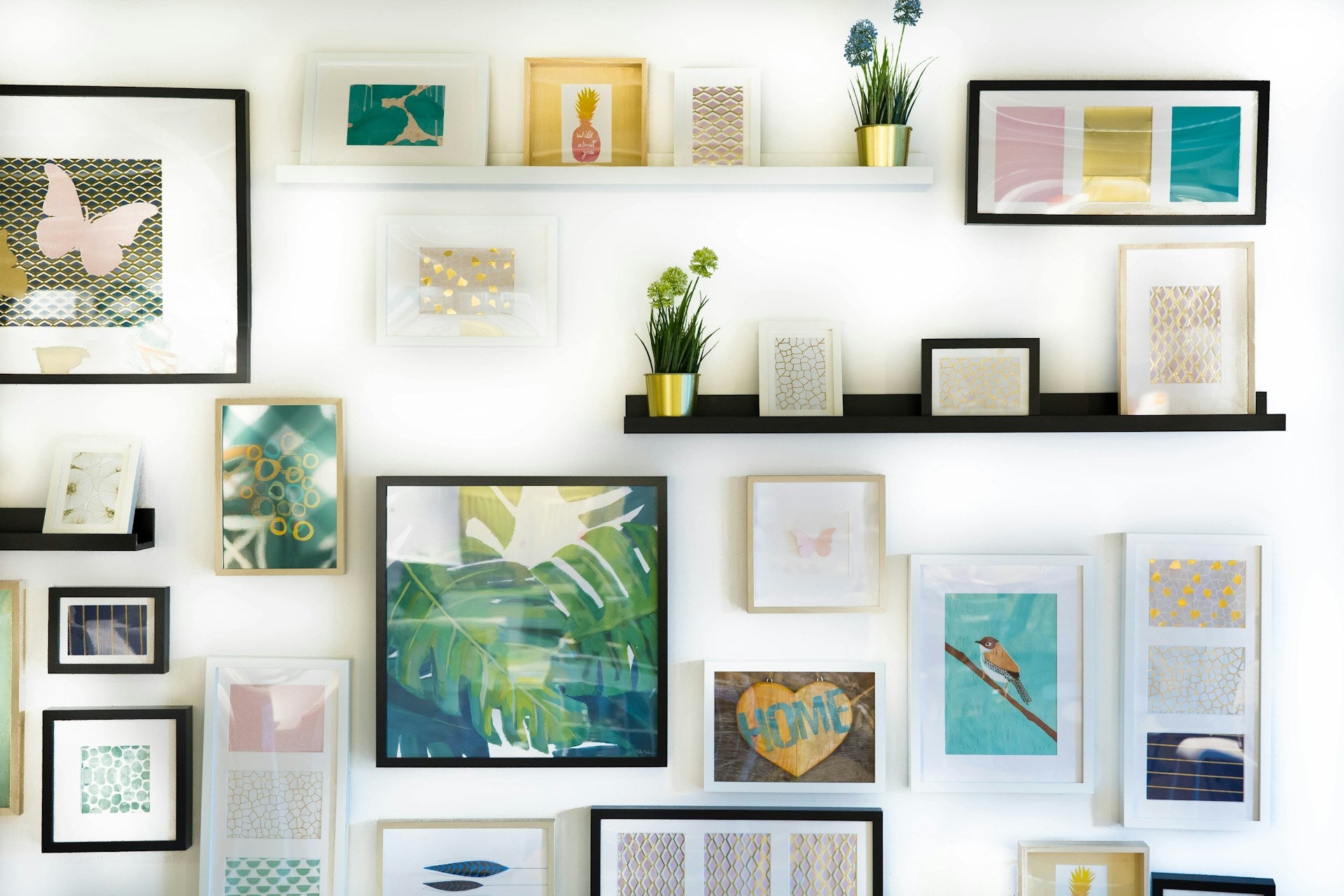The Essence of Giclée: Unveiling the Art of Fine Print Reproductions
Giclée (pronounced "zhee-clay") printing represents the zenith of digital printing technology, merging fidelity to the original artwork with outstanding longevity. Here, the essence lies in its ability to replicate the nuances of original paintings, photographs, or digital art with a precision that traditional printing techniques often cannot achieve.
The Process
Giclée printing begins with a high-resolution digital scan of the original artwork or a high res photograph. The magic unfolds as archival quality inks are sprayed onto the canvas, fine art paper, or other substrates in a continuous tone, creating vibrant colour gradations and razor-sharp details. Unlike screen prints or lithographs that use a limited colour pallet, giclée prints benefit from a broader colour gamut, allowing a more accurate reproduction.
The Inks and Papers
The heart of a giclée print’s longevity is its archival ink and substrate combination. These pigment-based inks are specially formulated to resist fading for up to 100 years, while the substrates are often acid-free, contributing to the print’s durability and resistance to degradation. The result is a piece of art that holds its value and aesthetic appeal over time.
The Artistic Appeal
For artists and photographers, giclée prints represent an opportunity to share their work with a wider audience without sacrificing the quality and originality of their creation. Collectors appreciate the meticulous attention to detail and the textual fidelity that giclée prints offer, creating a luxe, collectable piece of art.
The Distinctive Advantage
The methodical approach of giclée printing distinguishes it from other reproductions:
-
Superior resolution and clarity
-
Excellent colour accuracy and depth
-
Archival quality that preserves the artwork
-
Ability to print on demand, offering flexibility for artists and galleries
In essence, giclée printing bridges the chasm between art creation and art collectors, ensuring the original vision and emotion of the artist are transferred into the hands of enthusiasts with unparalleled authenticity. It's Print Panoramics printing technology of choice.
The History and Evolution of Giclée Printing
Giclée printing, known for its high-quality art reproductions, has origins that trace back to the late 20th century. The term 'giclée', derived from the French word 'gicler', meaning 'to spray or to squirt', aptly describes the process used in this type of inkjet printing.
-
Inception in the 1980s: The genesis of giclée printing occurred when digital printing technologies began emerging. Early practitioners were searching for a method to produce fine art prints that mirrored the colour intensity and detail found in original paintings.
-
Advancements in Ink and Paper: The 1990s saw significant improvements in inkjet printer inks and the papers used for printing. These advancements allowed for better colour accuracy, increased stability, and longevity. The use of fade-resistant, archival-quality inks became a defining feature of giclée prints, making them suitable for museum-quality reproductions.
-
Digital Era and Accessibility: With the advent of the digital age, giclée printing became more accessible to artists and printmakers. High-resolution digital scans of original artworks became the standard, enhancing the ability to capture fine details and nuances in colour.
-
Broad Adoption: As the 2000s progressed, giclée printing gained widespread acceptance among galleries, collectors, and museums due to its fidelity to the original artworks. It became a preferred method for limited edition prints, offering artists the flexibility to produce prints on demand without compromising quality.
The evolution of giclée printing is a testament to technological advancements in the art world. It continues to be shaped by innovations in printing technology, offering artists new avenues to share their work with wider audiences while maintaining artistic integrity.
Decoding the Giclée Process: From Digital File to Artistic Masterpiece
The Giclée printing process is an intricate journey that begins with a digital file and culminates in a work of art virtually indistinguishable from the original. This method utilises technology to bridge the gap between digital and physical art. Here's how the transformation unfolds:
-
Digitalisation of Original Artwork: The process starts with capturing a high-resolution digital image of the original artwork. This can be done through professional photography or sophisticated scanning techniques to ensure every nuance, colour, and texture is meticulously preserved.
-
Colour Matching and Proofing: Colour management is paramount. Artists and printers collaborate to match the colours on screen to those on the final print. Proofing, possibly several rounds, enables the artist to make adjustments until the digital preview aligns perfectly with their vision.
-
Archival Quality Inks and Substrates: Giclée is renowned for its archival quality. The inks used are pigment-based, providing superior colour gamut and longevity compared to dye-based inks. Printers select from substrates including canvas prints, watercolour paper, or photographic paper, each offering distinct textures and finishes.
-
Precision Printing: The actual printing is done using high-end inkjet printers with minute nozzles that spray minuscule droplets of ink onto the chosen substrate, layer by layer. This process, which can take hours, produces exceptional detail and a continuous tone unachievable by traditional printing methods.
-
Drying and Finishing: Post-printing, the artwork must be thoroughly dried. Some may require additional coatings for protection against UV light or to add a particular finish. Finally, the print is trimmed, checked for quality, and prepared for stretching or framing as necessary.
This meticulous process from a digital file to an artistic masterpiece guarantees that each Giclée print not only faithfully represents the original artwork but also stands as a work of art in its own right.
The Significance of Archival Quality Inks and Papers in Giclée Printing
Archival quality inks and papers play a crucial role in the world of giclée printing, where the reproduction of artwork demands high fidelity and lasting durability. The term "archival quality" signifies materials that have undergone rigorous testing to ensure their resistance to the deteriorating effects of time and environmental factors. These materials are acid-free and lignin-free, characteristics that prevent yellowing and degradation, ensuring that art prints retain their original colour and detail for decades.
-
Archival Inks: The inks used in giclée printing are pigment-based rather than dye-based. Pigment inks are renowned for their superior colour range and stability, providing prints with vivid hues that do not fade quickly. The microscopic encapsulation of pigment particles within a resin binder allows these inks to resist moisture and UV radiation, factors that frequently degrade print quality.
-
Acid-Free Papers: Papers crafted for giclée must be acid-free to guarantee longevity. Acidity in paper, often caused by the presence of wood pulp, can lead to embrittlement and discolouration over time. Archival papers are predominantly made of cotton or alpha-cellulose, both of which offer a stable and durable foundation for fine art prints.
-
Lignin-Free Composition: Lignin, a component of wood, contributes to paper degradation when exposed to light and air. Archival papers are lignin-free to prevent this breakdown, thereby preserving the integrity and appearance of the printed artwork.
The interplay between archival quality inks and papers is fundamental to the giclée process, which is prized for producing art reproductions that are almost indistinguishable from the original works. Collectors and galleries depend on the use of these materials to maintain the value and authenticity of printed artworks. This emphasis on using the finest archival materials is important to Print Panoramics and it ensures that giclée prints stand the test of time, both in aesthetics and physical condition, making them a preferred choice for those who seek museum-quality reproductions.
What is the difference between Giclée and standard print? - Comparing Giclée to Traditional Printing Techniques
Giclée printing stands distinct from traditional printing methods due to several unique characteristics that cater primarily to the reproduction of art. Traditional printing, such as lithography, serigraphy (screen printing), and offset printing, involves the transfer of ink onto paper or other substrates using a master template or plate. These methods are designed for large print runs and do not typically support on-demand printing without significant setup costs.
-
Ink Quality and Colour Range: Giclée uses archival-quality inks that are pigment-based, as opposed to the dye-based inks used in most traditional printing. Pigment inks are renowned for their longevity and resistance to fading. Additionally, giclée printers employ a broader spectrum of colour, with the ability to produce millions of shades that ensure fidelity to the original artwork.
-
Resolution and Detail: The resolution of giclée prints is substantially higher than traditional prints, often exceeding 1200 dpi (dots per inch). This high resolution translates into a level of detail that can replicate the fine nuances of the source art, including subtle gradations and fine lines.
-
Substrates: Traditional techniques are more limited when it comes to the range of substrates they can print on. Conversely, giclée printing allows for a diverse array of substrates, including watercolour paper, canvas, and photographic paper, which gives artists and collectors the option to choose a texture and finish that closely matches the original work.
-
Durability and Lifespan: The archival inks and substrates used in giclée printing result in a product that can last for over a century without noticeable degradation. Traditional prints, especially those using dye-based inks, may begin to fade noticeably within 25 years.
-
Customisation and Size: Giclée printing offers the flexibility of producing prints of virtually any size with custom dimensions, catering to specific client needs. This is a stark contrast to traditional methods which have more rigid size constraints due to the nature of the printing plates or screens used.
In essence, giclée printing provides an avenue for high-quality, durable art reproductions that maintain the essence of the original piece, while traditional printing methods offer cost-efficiency for mass production. Giclée is thus favoured in the fine art community where quality and accuracy are paramount.
Understanding the Colour Gamut in Giclée: How It Reinvents Vibrancy
Giclée printing, known for its high fidelity to original artworks, owes much of its acclaim to an extensive colour gamut. The colour gamut refers to the range of colours that a particular device or medium can produce. In the realm of giclée, this gamut surpasses that of traditional printing methods, allowing for richer, more precise, and more nuanced colour reproduction.
-
Ink Technology: Giclée printers use pigment-based inks rather than dye-based inks, which are common in standard inkjet printers. Pigment inks contain a greater variety of colour particles, enabling them to cover a wider spectrum of hues.
-
Colour Management: Professional-grade giclée printing employs advanced colour management systems. These systems ensure that colours are accurately matched and reproduced, taking into account the type of paper and the inks being used, which minimises colour shifts and maximises the vibrancy of the final print.
-
Substrate Influence: The type of substrate (printing surface) also influences the colour gamut. Giclée can be printed on a range of materials, including fine art paper and canvas, each offering a different degree of colour absorption and reflection, further affecting the vibrancy and appearance of colours.
This extensive gamut is especially important when reproducing artworks where the subtlety of colour is essential. With giclée printing, even the most delicate gradients and tones are captured with astounding accuracy, allowing for a reproduction that is often indistinguishable from the original in terms of colour vibrancy and richness.
Furthermore, the archival qualities of the inks and substrates used in giclée printing ensure that the colours remain true and vivid for decades, far outlasting the longevity of standard prints. This makes giclée the go-to method for artists and photographers who demand the best colour representation in their reproductions and for collectors seeking high-quality art that will endure.
The enhanced colour gamut in giclée printing truly reinvents vibrancy, bridging the gap between reproduction and original artwork, and ensuring that every printed piece conveys the intended emotional and aesthetic impact.
The Role of Resolution and Detail in Giclée Prints
In the realm of Giclée printing, resolution and detail play critical roles in achieving the closest possible match to the original artwork. At its core, a Giclée print is lauded for its high fidelity and intricate detail, which are made possible through the use of high-resolution digital scans and advanced printing technology.
Resolution, measured in dots per inch (DPI), indicates the number of ink dots a printer can place within a one-inch space. Giclée prints typically require a resolution of around 300 DPI to ensure that the fine details of the original artwork are captured.
The intricacies involved in each brush stroke, the subtleties of colour transitions, and the fine textures that are characteristic of the original medium need to be meticulously preserved. For artists and photographers who strive for a superior level of detail in reproductions, Giclée printing is the preferred method as:
-
It utilises archival quality inks capable of producing a wide gamut of colours, ensuring that each hue and gradient is reproduced faithfully.
-
The printing process is non-contact, meaning the ink is sprayed onto the substrate, thus reducing the risk of smudging or distorting fine details.
-
Printers designed for Giclée produce microscopically fine dots and support a higher number of ink channels, allowing for more accurate colour representations and smoother gradations.
To achieve such a high standard, the original artwork must also be handled carefully and scanned or photographed competently, capturing every element in the highest clarity.
For collectors and artists alike, the combination of high resolution and attention to detail means that Giclée prints are often indistinguishable from the original work. This capability not only preserves the tactile qualities and original vision but also extends the accessibility of fine art to a wider audience who can appreciate the artist's work in nearly its intended glory.
Evaluating the Longevity and Preservation of Giclée Artworks
The longevity and preservation of giclée prints are paramount considerations for both artists and collectors. A giclée, known for its high fidelity to the original, can sustain its vibrancy and detail over time if produced and cared for correctly. The archival quality of a giclée print is influenced by several factors.
-
Ink Quality: Giclée prints employ archival inks designed to resist fading and colour degradation. Pigment-based rather than dye-based inks are preferred for their superior lightfastness, with a lifespan extending to 100 years or more under optimal conditions.
-
Substrate Selection: The type of paper or canvas used also impacts longevity. Acid-free, lignin-free, and 100% cotton substrates offer the best longevity. These materials resist yellowing and deterioration, ensuring the artwork remains stable over time.
-
Protective Coatings: Applying UV protective coatings can defend against harmful ultraviolet light, a significant factor in the fading of inks. Such coatings can be especially pertinent for giclée prints displayed in areas with significant light exposure.
-
Environmental Conditions: Temperature, humidity, and exposure to pollutants can affect a giclée’s preservation. Maintaining a stable, moderate environment, free from extreme fluctuations and contaminants, is ideal for prolonging a print's life.
-
Framing and Display: Proper framing using archival-quality materials is another crucial aspect. UV-filtering glass or acrylic can prevent light damage, while acid-free mats and backing materials protect against issues arising from contact with potentially reactive substances.
The Archival Quality from reputable sources provides guidelines for understanding expected lifespan:
"Under rigorous archival conditions, giclée prints can last 100 years or more without significant fading."
Notably, the care and maintenance provided after production are just as vital as the print quality itself. Collectors must ensure that their giclée prints are kept in appropriate conditions and handled with care to preserve their beauty and integrity for future generations.
Giclée Printing in the Digital Age: Implications for Artists and Collectors
As digital technologies have advanced, giclée printing has emerged as a pivotal innovation for both artists and collectors. This high-resolution inkjet printing process is capable of producing incredibly detailed reproductions of original artworks. The implications of giclée printing in the digital age are multifaceted, spanning artistic creation to art market dynamics.
For artists, giclée printing offers:
-
Increased Accessibility: Artists can reproduce their work without the need for large print runs, significantly reducing costs and making their art more accessible.
-
Archival Quality: With the right combination of inks and substrates, giclée prints can last for over a century, which is attractive to both artists and collectors seeking longevity in artworks.
-
Creative Control: Artists can experiment with different textures and finishes, tailoring each print to their preferences or the needs of collectors.
Collectors also benefit from giclée printing:
-
Affordability: Giclée prints are often more affordable than original works, allowing a wider audience to own high-quality reproductions.
-
Authenticity: Advanced printing techniques enable giclée prints to closely mimic the texture and colour of original paintings.
-
Investment Potential: Limited edition prints can increase in value over time, providing collectors with potential for financial appreciation.
As the digital age progresses, giclée printing continues to shape the art world. It has levelled the playing field for emerging artists and has expanded the options available to collectors. The technology’s precision and flexibility ensure that it remains an essential tool for producing and distributing fine art in the contemporary landscape.
Fostering an Appreciation: Giclée Prints in Galleries and Exhibitions
Incorporating giclée prints in galleries and exhibitions is an effective strategy employed to promote a more inclusive art experience. With advancements in printing technology, giclée allows for precise reproductions of original pieces, granting wider access to art while protecting the integrity of the original.
-
Galleries adopt giclée prints to:
-
Enhance Exposure: By presenting giclée prints, artists can share their work with a broader audience. Limited runs of prints make fine art accessible to enthusiasts who may not have the means to purchase originals.
-
Maintain Artistic Presence: Artists who have sold their original pieces can keep their presence in the art world through high-quality reproductions. Giclée prints ensure their work can be continuously displayed and appreciated.
-
Preserve Originals: Exhibitions risk damage to original artwork due to light, humidity, or handling. Displaying a giclée reproduction minimises this risk, ensuring the longevity of the original artwork.
-
Curators carefully select giclée prints for their exhibitions, recognising the extraordinary quality that elevates them above standard prints. Their archival inks and substrates ensure that each piece maintains its colour accuracy and durability, making them suitable for prestigious environments.
-
Exhibitions benefit from giclée prints as they can:
-
Diversify Offerings: By including both originals and high-quality reproductions, exhibitions can offer a more diverse viewing experience.
-
Educate Audiences: Providing information about the giclée printing process can enlighten visitors about contemporary art reproduction techniques.
-
Through giclée prints, galleries and exhibitions foster an appreciation for art in all its forms and mediums, democratising access and helping patrons to acknowledge the value of precise, high-quality reproductions alongside original masterpieces.
For all your Giclée printing needs, whether you are an artist, photographer or just somebody who wants their images (even the ones taken on your phone) to look amazing then Print Panoramics provides the answer.






